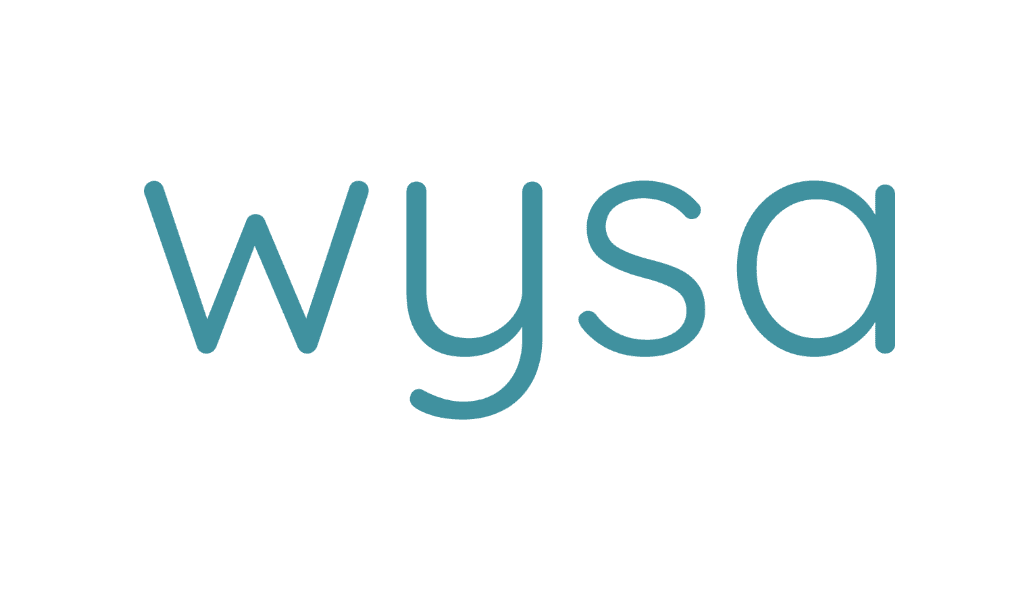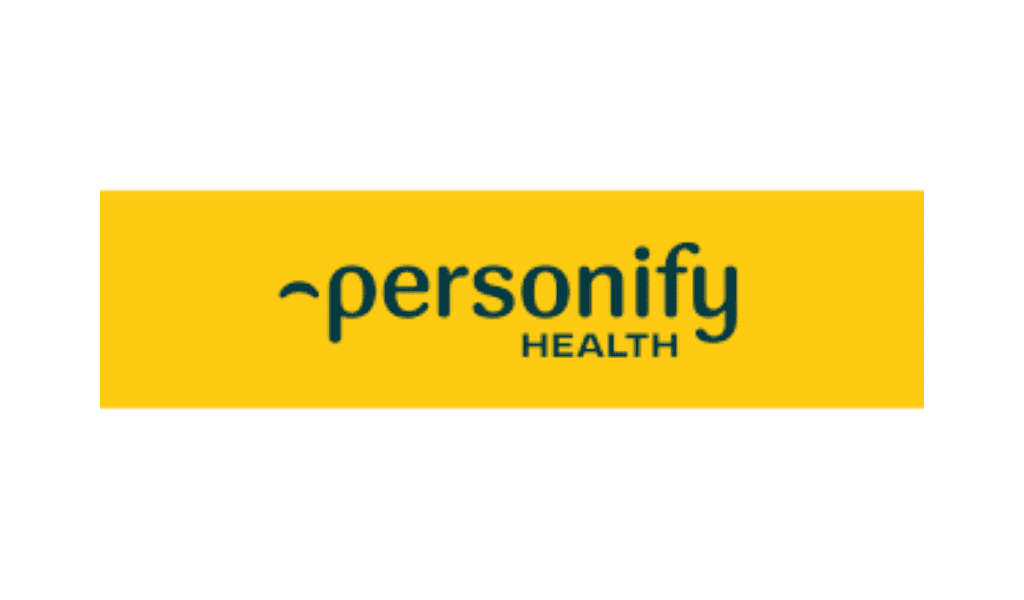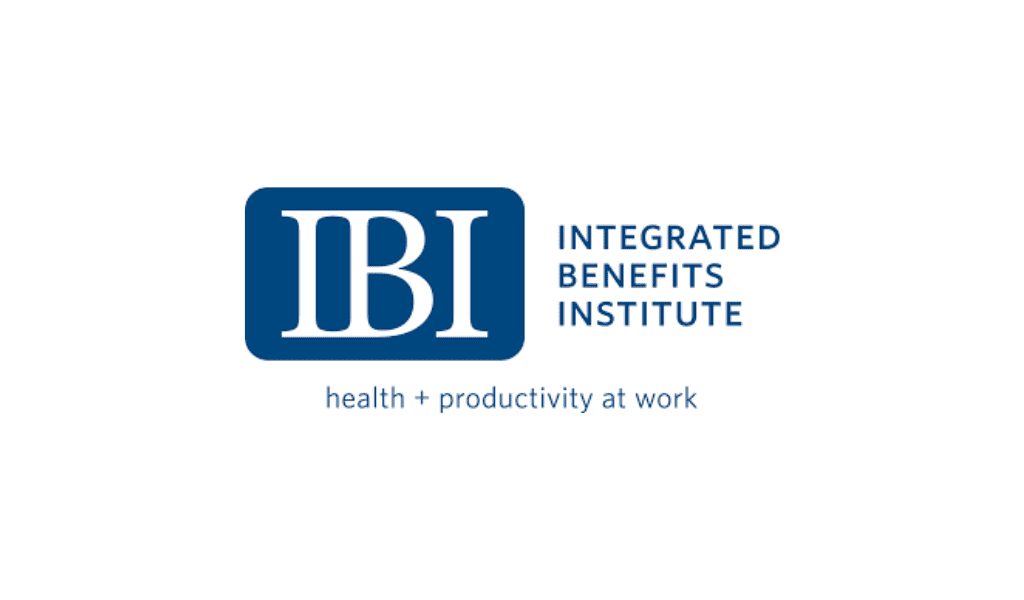Gen Z is the most burnt-out generation in the workplace according to research, so organizations will have to move away from monotonous methods to strengthen engagement once and for all.
By Zee Johnson
Studies show that Gen Z is more burnt-out and disengaged than any other generation. In fact, research by Jefferson Frank found that 56% of Gen Z workers suffer from burnout. This professional lag is especially present in hybrid and remote cultures, with a second survey, the Workplace Culture Report, showing that the generation feels a lack of interactivity and connection. A staggering 95% say they feel bored at work, and 44% say they disengage during online employee training. Another 29% said they feel completely disconnected from their co-workers.
While working remotely still holds its appeal for many, companies are not fully optimizing their virtual experiences to spark real engagement and are still utilizing outdated practices that harm more than help. “As many trainers and L&D professionals have discovered, this traditional instructional approach shows itself to be even less effective when attempted virtually,” says James Micklethwait, vice president of Kahoot! at work. “According to our latest [survey], 23% of employees reported that they have played with their pet during a virtual/hybrid meeting, 20% reported doodling, and 20% sleeping. Online training was the number one place employees said they felt disengaged, with 35% of workers saying this is where they zone out.”
This could spell trouble for Gen Zers as they try to climb the career ladder. With so many new developments emerging in the workplace, attentiveness is needed for employees and businesses to be successful. “If workers don’t continually refresh their knowledge and skills, then they simply won’t be able to perform in their roles,” Micklethwait says. “So, while engagement is not the end, it is the means to hold employees’ attention with training, which in turn results in behavioral change in the form of problem solving, innovation and productivity.”
One way that Micklethwait and his company are encouraging engagement is through “Story,” a mobile-first content format that enables trainers and professionals to create immersive learning experiences through interactive storytelling.
“’Story’ was designed to harness the power of microlearning to make training content fun, accessible, and easy to digest, avoiding ‘content dumping’ in favor of bite-sized stories that both fit into employees’ busy lives and help key knowledge stick,” he says. “The ‘Story’ creator tool has an easy-to-use interface with built-in premium image library and video integrations, enabling users to build a powerful, great-looking story with any type of content.”
With solutions like ‘Story,’ leaders are on track to properly engaging everyone, especially younger workers who have a better acceptance and understanding of technology.
And once they are truly connected, then they will be compelled and comfortable enough to share ideas that they’ve long concealed and that could aid in company success. “Gen Z believe they have plenty to offer if companies invest in harnessing it. Seventy-seven percent of Gen Z report holding in valuable knowledge that they haven’t yet shared with their co-workers,” Micklethwait says. “If Gen Z and other workers were fully engaged and invited to become active participants in meetings, presentations, training, and elsewhere, peer learning could potentially make a serious impact on a team’s productivity by helping employees upskill while also building connection and teamwork.”














